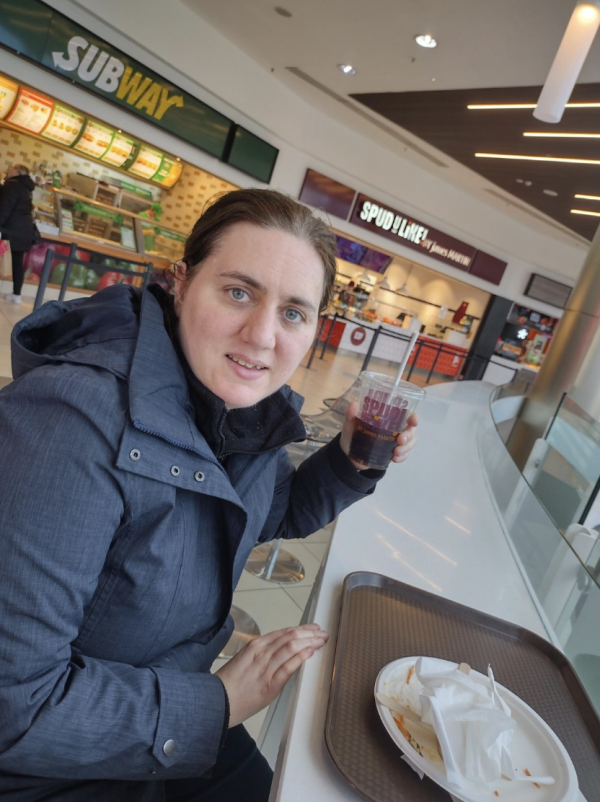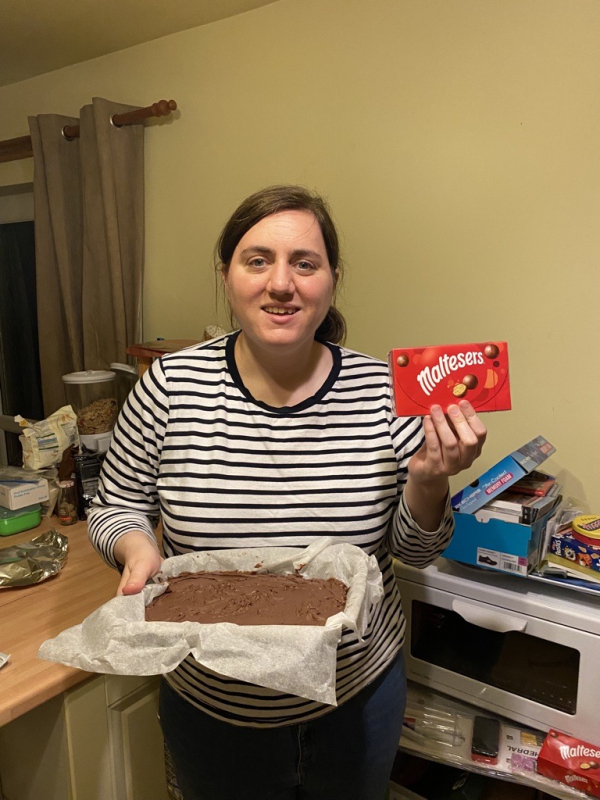Interview with David Mitchell
David Mitchell
We were very excited to interview novelist David Mitchell about his latest book which is a translation of a Japanese book written by 13 year old Naoki Higashida. Read on to find out what inspired David and what he hopes readers will take away from the book...
1) Can you tell us a bit about the book and what inspired you to translate it?
THE REASON I JUMP is a book written by a Japanese boy with autism called Naoki Higashida. Naoki wrote it when he was only 13 years old, though he’s 20 now. It takes the form of about 60 questions and answers about life with autism. Most of his answers are only 3 or 4 paragraphs long, mixed with a few occasional pieces, plus a short story. Neither my wife nor I had read anything that helped us understand our son’s autism as ably as THE REASON I JUMP did, so we translated it samizdat-style so we could show it to his carers and tutors. But then my publisher got to hear about it, and one thing led to another.
2) Would the book appeal to a particular audience like parents for example?
I hope that the book will be useful for anyone who wants a better understanding of autism for any reason. I can’t speak for other readers of the book, but the book helped me become a better, more patient and more resilient ‘interactor’ with my son, and with higher - yet realistic – expectations of what he is capable of. The book helped me see through the bundle of needs and difficulties, and identify the complex and growing person inside.
3) What makes this book different to other memoirs or fictional books where the character has autism?
Without having read every other ‘autism memoir’, it would be rash to say that THE REASON I JUMP is 100% different from anything else. But for me it was helpful that the author was so young when he wrote it, and that his autism isn’t what would be called high-functioning - he is still very reliant on carers and help. Because of this his place on the spectrum was closer to my son’s than Daniel Tammet or Temple Grandin, say, whose books are fascinating but didn’t help me with my son’s more challenging behaviours. I’d say there’s more of an overlap with Carly Fleischmann, who also exhibits pretty severe autism, and who has also learnt how to share via a keyboard the richness of her inner life – including ‘classically non-autistic’ faculties like empathy. Obviously, Naoki Higashida’s book differs from fiction because his is non-fiction, though he also has the literary itch, which interested me as a writer.
4) Is there a particular message from the book that you hope people will take away from it?
That the intelligence and emotional capacity of people who have autism is routinely underestimated, even by family members. That this refusal to credit people who have autism with intelligent life increases their isolation unnecessarily. That it isn’t an act of self-delusion or false hope to believe that your child with autism is capable of love, humour, curiosity, analysis or metaphor. That we must never stop speaking to people with autism – it’s an output problem, not an input problem. That whenever we think, “Ah sure, leave him be, he’s happiest in his own little world” we are copping out, and increasing the distance between that world and our own. (That doesn’t mean we have to be star therapists 24 hours a day – I don’t have the energy to be a star therapist for 5 minutes a day – it just means that when we interact, interact fully, and mindfully, like you would with a non-autistic kid.) That if any one of us neurotypicals were whisked into an autistically-wired head we wouldn’t last half a day before getting sectioned – and for living in that head all the time, people with autism deserve not our pity but our respect.
5) Did you have a favourite passage from the book that you could share with us?
This is from Q14, “Why do you ignore us when we’re talking to you?”
“A person who’s looking at a mountain far away doesn’t notice the prettiness of the dandelion in front of them. A person who’s looking at a dandelion in front of them doesn’t see the beauty of a mountain far away. To us, people’s voices are a bit like that. It’s very difficult for us to know someone’s there and that they’re talking to us, just by his or her voice.”
Categories
- Creative Approaches (6)
- Events (6)
- Fundraising (6)
- Our Services (8)
- Partnership Working (10)
- Research (2)
- Voices from the Spectrum (43)
- About us (3)




